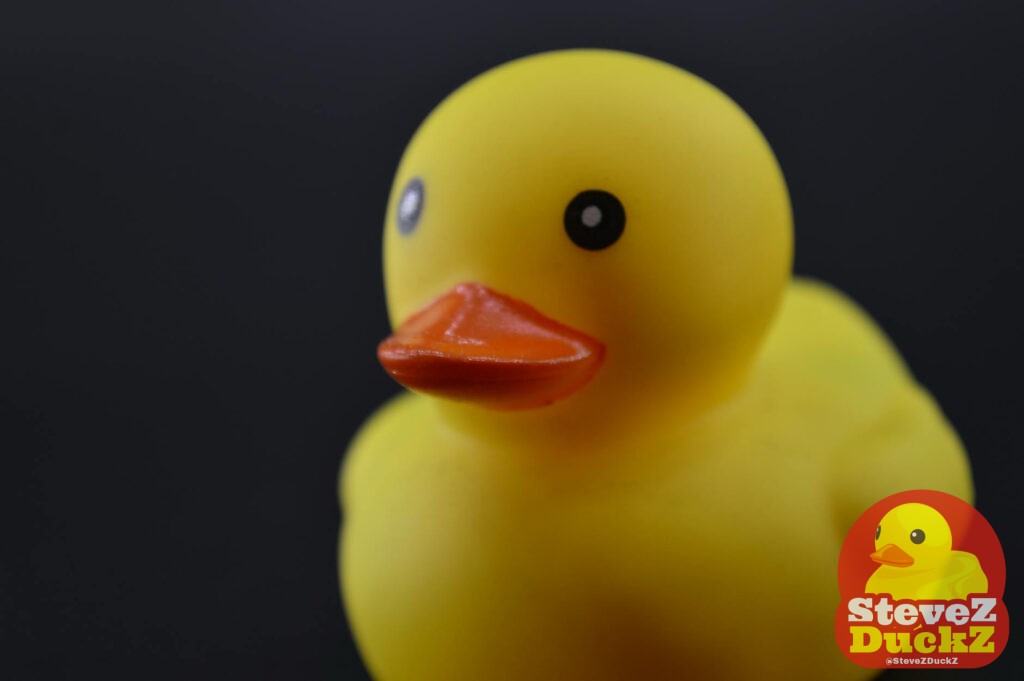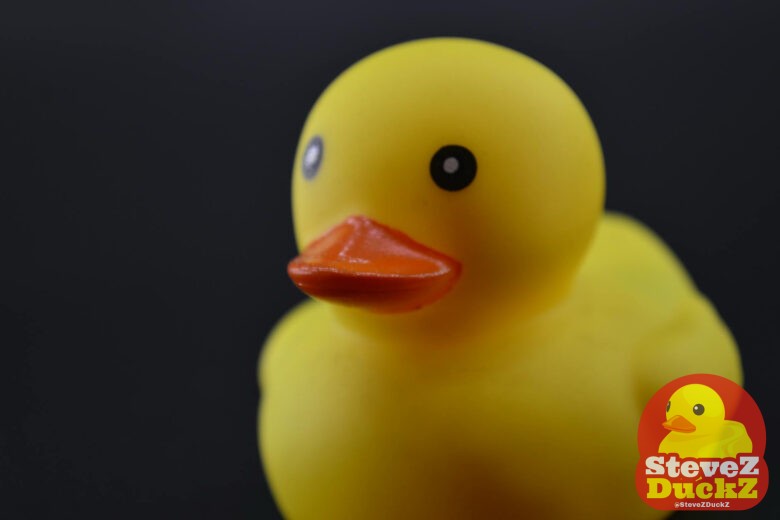The Surprising Origins of the Rubber Ducky — We all know and love the classic rubber duck. That cheerful yellow companion, bobbing along in the bathtub, has been a staple of childhood for generations. But did you know that the first rubber ducks weren’t so buoyant? In fact, they didn’t float at all!
The Surprising Origins of the Rubber Ducky

A Chew Toy, Not a Bath Toy
Made in the late 1800s, these early rubber ducks were solid, hard, and designed to be chewed on rather than played with in the water. They were essentially teething toys, offering a safe and durable alternative for babies to gnaw on.
The Vulcanization of Rubber
The creation of these early rubber ducks was made possible by Charles Goodyear’s invention of vulcanized rubber. This process, which involved treating rubber with heat and sulfur, made it more durable and less sticky. This innovation opened up a world of possibilities for rubber products, including toys.
From Solid to Squishy
It wasn’t until the mid-20th century that the rubber duck as we know it today began to take shape. As materials and manufacturing processes evolved, rubber ducks became lighter, softer, and, most importantly, able to float.
The Rubber Duck Today
Today, the rubber duck is a global icon, appearing in pop culture, art, and even scientific studies. It’s a symbol of childhood, playfulness, and even nostalgia. From its humble beginnings as a solid chew toy, the rubber duck has certainly come a long way.
Steve is a collector of rubber ducks. At SteveZ DuckZ, Steve will share off his rubber duck collection and share blog post relating to rubber ducks. If you love rubber ducks, please follow on social media or subscribe!
Discover more from SteveZ DuckZ
Subscribe to get the latest posts sent to your email.


